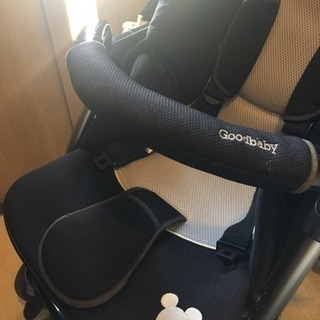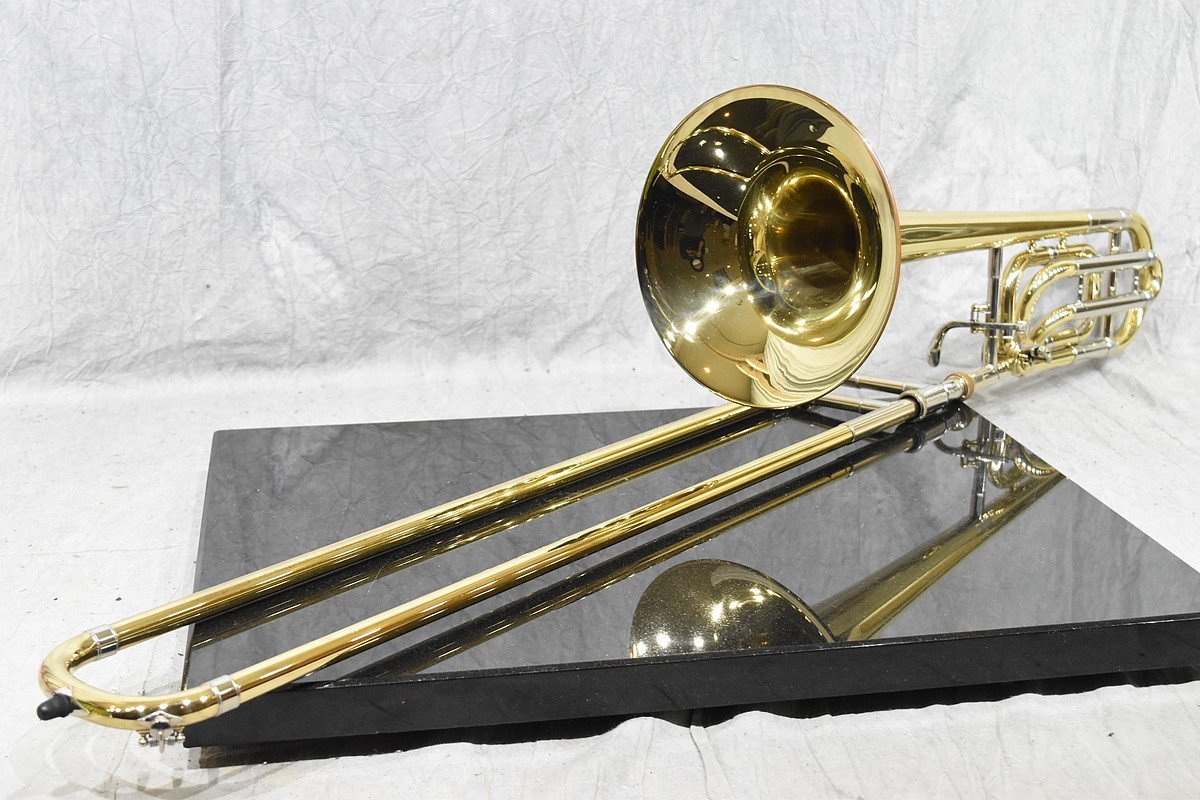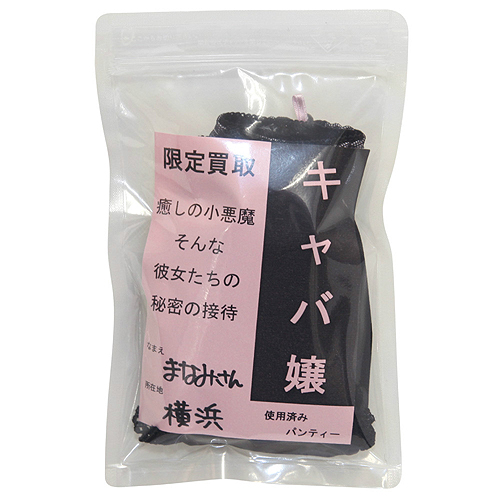-
シーンから探す
- おもちゃ
- スマートフォン/携帯電話
- タイプで選ぶ
- その他
- その他
- バッグ
- 外装、車外用品
- 浴衣/水着
- DVD
- ロードバイク
- オーディオ機器
- キッチン、台所用品
- マリンスポーツ
- ヤマハ
- タレントグッズ
- 靴
- スーツ/フォーマル/ドレス
- スマートフォン/携帯電話
- タイヤ、ホイール
- その他
- クロスバイク
- アニメグッズ
- 施設利用券
- DVD/ブルーレイ
- その他
- 収納家具
- DVD/ブルーレイ
- その他
- その他
- フィッシング
- 本
- CD
- その他
- 道具、工具
- 冠婚葬祭、宗教用品
- 折りたたみ自転車
- バッグ
- 香水
- 香水
- オートバイアクセサリー
- 住宅設備
- オーディオ機器
- その他
- メーカー、ブランド別
- テーマパーク/遊園地
-
贈る相手から探す
- 施設利用券
- キッチン/食器
- ファッション/小物
- 子供用品
- タイプで選ぶ
- テレビ
- 園芸用品
- 店舗用品
- ホンダ
- アンティーク/コレクション
- 書籍
- 自動車
- スーツ/フォーマル/ドレス
- 冷暖房/空調
- 楽器/器材
- テーブルゲーム/ホビー
- ネイルケア
- 楽器/器材
- ウィッグ/エクステ
- スーツ/フォーマル/ドレス
- ウィッグ/エクステ
- パチンコ/パチスロ
- おもちゃ
- 靴/シューズ
- テレビ
- DVD/ブルーレイ
- アウトドア
- キャンプ、アウトドア用品
- 自転車
- パンツ
- 車のパーツ
- 印刷物
- その他
- 漫画
- クロスバイク
- キッチン/食器
- 魚類、水生生物
- 人、グループ別
- バイク
- アンティーク/コレクション
- オートバイアクセサリー
- その他
- 小物
- アクセサリー
- 調理家電
- バッグ
- 外装、車外用品
- ジャケット/アウター
- メンズファッション
- 施設利用券
- CD
- スマートフォン/携帯電話
- カテゴリから探す
- おまとめ注文・法人のお客様
美品⭐︎ベビーカー クリアランス ミッキー
-
商品説明・詳細
-
送料・お届け
商品情報
ほとんど抱っこかこの他のバギーだった為状態良いです(^^)*ブランケット用ミッキーの手はつきません!*荷物かけはおつけします!
残り 9 点 8,000円
(735 ポイント還元!)
翌日お届け可(営業日のみ) ※一部地域を除く
お届け日: 12月09日〜指定可 (明日12:00のご注文まで)
-
ラッピング
対応決済方法
- クレジットカード
-

- コンビニ前払い決済
-

- 代金引換
- 商品到着と引き換えにお支払いいただけます。 (送料を含む合計金額が¥280,251 まで対応可能)
- ペイジー前払い決済(ATM/ネットバンキング)
-
以下の金融機関のATM/ネットバンクからお支払い頂けます
みずほ銀行 、 三菱UFJ銀行 、 三井住友銀行
りそな銀行 、ゆうちょ銀行、各地方銀行 - Amazon Pay(Amazonアカウントでお支払い)
-



























